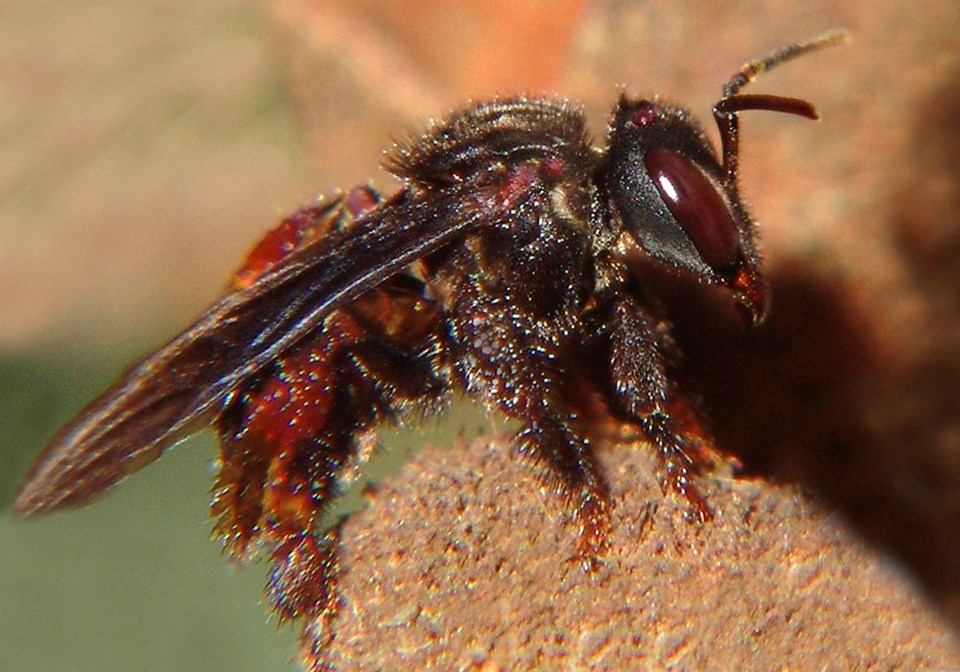The idea of eating insects has always been a curiosity for me.
For some, I recognize the idea of eating a cricket or mealworm is repulsive, but that view seems to largely be a northern hemisphere, European, North America take on things.
And it is a revulsion that is a tad hard to understand when so many look at shrimp, and lobster as great dining choices. Both are essentially the bottom feeding clean-up bugs of the ocean floor.
So with a general curiosity fueling my interest I occasionally web surf sites that have some interest in human consumption of bugs.
One of my discoveries is
The site offers a range of information, starting from the premise of why we may want to take a closer look at eating bugs.
“Given the pressures on the planet’s ecology from our meat-intensive food production and rising population, it seems curious that western societies do not make use of such an abundant, nutritional and low-impact food source,” notes the site.
“As the United Nations Food & Agriculture Organisation argues in their 2013 report Edible Insects, to feed the 9 billion people expected to populate the planet by 2050, ‘we need to find new ways of growing food’.”
Bugs can be part of the answer in terms of a new way to grow food, or perhaps less of a new way, as it is more a modern acceptance of something many cultures have done for centuries.
“Because producing insects for consumption takes up much less land and produces far less gas than livestock, the environmental impact is thought to be lower. Add to this insects’ nutritional value, and some people are claiming that the mass consumption of insects is the solution to our food and climate problems,” explains the site.
“There are around 2037 documented edible insect species – and counting. Wageningen University keeps an updated list on their website. With many established cultures and traditions around the foraging and consumption of insects, and countless recipes and techniques, it is sometimes framed as a resource we should be ‘tapping into’.”
If we are to one day see bugs as a bigger part of our diets, we need to know more. Bugs feed doesn’t have all the answers but it does offer some intriguing ideas around the potential of bugs in our diet, and is certainly an online resource worthy of crawling around.




